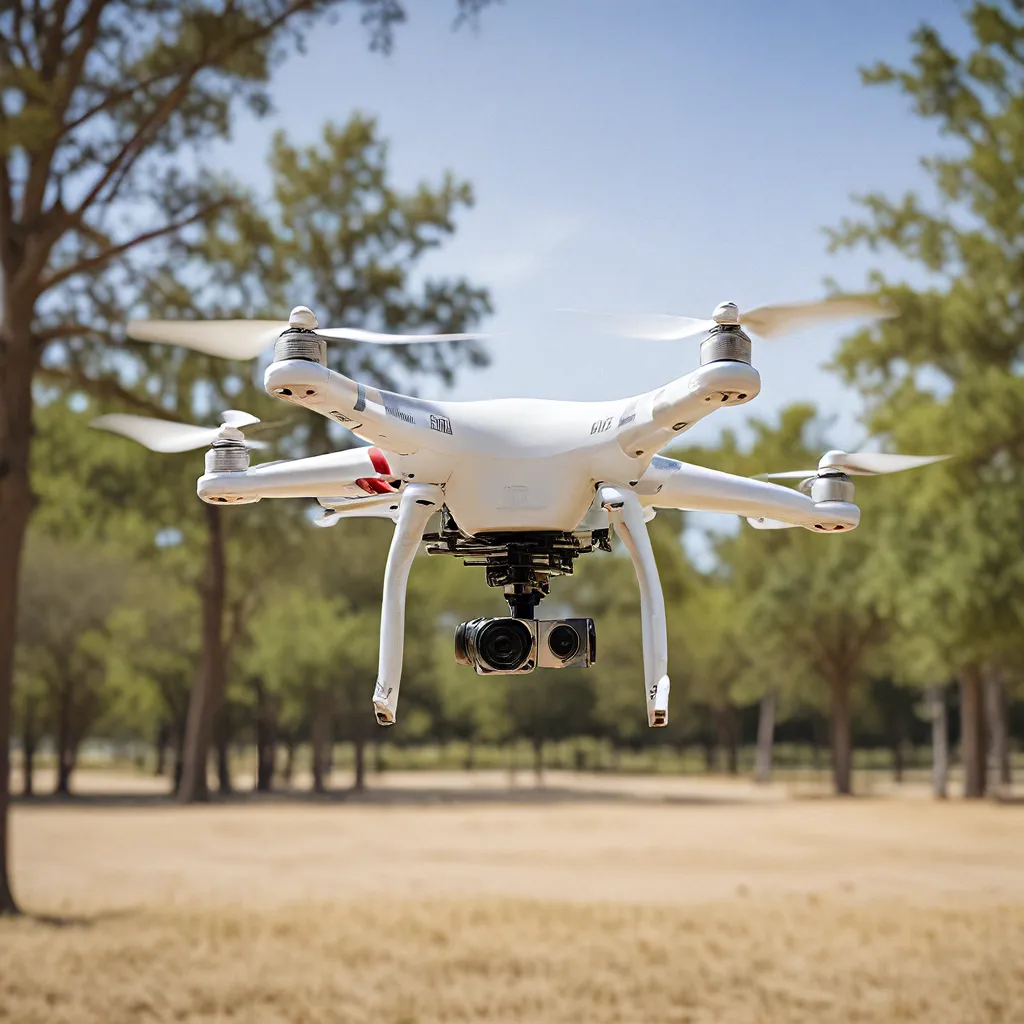
Calling all drone enthusiasts! Are you tired of navigating the complex web of drone regulations? Well, buckle up, because today, we’re diving into the ins and outs of the 49 USC 44809 exception, which could be your ticket to carefree, recreational drone flying.
Unlocking the 49 USC 44809 Exception
You know, when I first got into drones, I was completely overwhelmed by all the rules and regulations. It felt like the FAA had a secret handshake I just couldn’t crack. But then, I stumbled upon this little gem called the 49 USC 44809 exception, and let me tell you, it’s been a game-changer.
Essentially, this exception allows you to operate a small unmanned aircraft (that’s drone lingo for you) without all the usual certification and authorization hoops you’d normally have to jump through. And the best part? It’s all about recreational use. So, if you’re like me and you just want to have some fun with your drone, this could be your golden ticket.
The 8 Key Requirements
Now, before you start daydreaming about becoming the next drone-flying superstar, there are a few important rules you need to know. The 49 USC 44809 exception lays out 8 specific requirements that you’ve got to follow. Let’s break them down, shall we?
-
Recreational Purposes: First and foremost, your drone flights must be strictly for recreational purposes. No commercial shenanigans here, folks.
-
Community-Based Safety Guidelines: You’ll need to operate your drone in accordance with a community-based organization’s safety guidelines. These guidelines are developed in coordination with the FAA, so you know they’re legit.
-
Visual Line of Sight: You or a designated “visual observer” must be able to see your drone at all times. No FPV (first-person view) flying allowed under this exception.
-
Manned Aircraft Priority: Your drone must not interfere with any manned aircraft and must give way to them at all times.
-
Controlled Airspace: If you want to fly in Class B, C, or D airspace (that’s the busy stuff around airports), you’ll need to get prior authorization from the FAA.
-
Altitude Limits: In Class G airspace (the general, uncontrolled stuff), you’re limited to 400 feet above ground level. No skyscraping allowed!
-
Aeronautical Knowledge Test: You’ll need to pass an FAA-approved aeronautical knowledge and safety test. It’s like a drone driver’s license, but way more fun.
-
Registration and Marking: Your drone must be registered and marked in accordance with the FAA’s regulations. This helps keep track of all the drones in the sky.
Whew, that’s a lot to remember, right? But trust me, once you get the hang of it, it’ll all start to click. And the best part? You can have a blast flying your drone without having to navigate a maze of bureaucratic red tape.
Community-Based Organizations: Your New Best Friends
Now, one of the key components of the 49 USC 44809 exception is the involvement of community-based organizations. These are groups that are recognized by the FAA and have a mission to further model aviation. Think of them as the drone enthusiast’s version of a neighborhood watch.
These organizations are responsible for developing those all-important safety guidelines I mentioned earlier. And let me tell you, they really know their stuff. They’ve got everything from proper assembly and operation procedures to airspace navigation rules. It’s like having your own personal drone air traffic control tower.
What’s more, these community-based organizations can even help you find designated model aircraft flying sites. These are pre-approved locations where you can let your drone soar without worrying about getting into any trouble. Talk about a hassle-free flying experience!
So, if you’re serious about taking advantage of the 49 USC 44809 exception, I’d highly recommend getting involved with a community-based organization in your area. They’ll be your guiding light through the complex world of recreational drone use.
Exceptions to the Exceptions
Now, I know what you’re thinking: “This 49 USC 44809 exception sounds too good to be true. There’s got to be a catch, right?” Well, you’re not entirely wrong. There are a few exceptions to the exception (say that five times fast!).
First off, the FAA still has the authority to pursue enforcement action against anyone who endangers the safety of the national airspace system. So, if you’re doing some crazy stunts that put other aircraft or people on the ground at risk, you can bet the FAA will come knocking.
Additionally, the FAA can still promulgate rules and standards that apply to all unmanned aircraft, including those that fall under the 49 USC 44809 exception. This means they can update things like operational parameters, registration and marking requirements, and remote identification standards as needed.
So, while the 49 USC 44809 exception gives you a lot more freedom to fly your drone for fun, it’s not a free-for-all. You’ve still got to play by the rules and keep safety as your top priority.
The Evolving Landscape of Recreational Drone Use
One thing I’ve learned in my time as a drone enthusiast is that the rules and regulations are constantly changing. The FAA is always working to keep up with the rapid advancements in drone technology and the ever-growing popularity of recreational drone use.
For example, back in 2018, the 49 USC 44809 exception was first introduced as part of the FAA Reauthorization Act. But just last year, it was updated to include some new provisions, like the ability for educational institutions to use drones for research and instruction.
And who knows what the future holds? The FAA is constantly working with industry stakeholders, community-based organizations, and other experts to refine the rules and make sure they keep pace with the ever-evolving world of drones.
So, if you’re a recreational drone enthusiast, it’s important to stay informed and keep an eye on the latest developments. After all, the more you know, the better you’ll be able to take advantage of the 49 USC 44809 exception and enjoy your drone-flying adventures.
Embracing the Future of Recreational Drone Use
You know, when I first started out with drones, I’ll admit, I was a bit intimidated by all the rules and regulations. But once I discovered the 49 USC 44809 exception, it was like a whole new world opened up for me.
Now, I’m not just a drone pilot – I’m a recreational drone enthusiast. I’m part of a vibrant community of hobbyists who share my passion for these high-flying machines. And thanks to the 49 USC 44809 exception, we can all take to the skies and have some serious fun without worrying about the bureaucratic red tape.
So, if you’re like me and you love the thrill of piloting a drone, I encourage you to dive in and explore the endless possibilities of recreational drone use. With a little bit of knowledge and a lot of enthusiasm, you can unlock a whole new world of aerial adventures.
Who knows, you might even discover a hidden talent for drone racing or aerial photography. The sky’s the limit (well, 400 feet, anyway) when it comes to the wonderful world of recreational drones.
And remember, Coulson Drones is always here to support your drone-flying dreams. Whether you need the latest and greatest drone gear or just some friendly advice, we’ve got your back. So, what are you waiting for? Let’s take to the skies and show the world what recreational drone use can really be!











